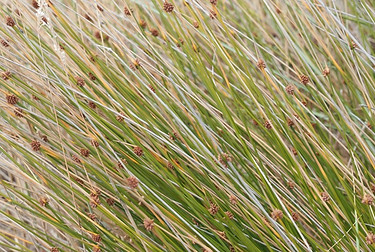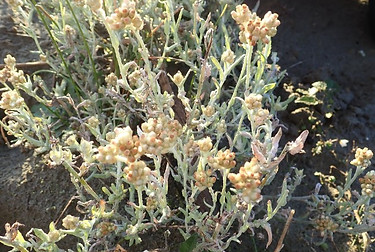
There's plenty to see and do at the estuary.
The estuary walkway provides beautiful views, and there are signs along the way providing information about some of the birds you might see.
There is a lot of interesting wildlife at the estuary. As well as birds, the estuary is also home to some interesting plants and is an important habitat for native fish.
The Manawatū Estuary Trust enjoys giving people the opportunity to learn more about this amazing environ

Plants
A checklist of species recorded from the area is included here. Information is basic and continually updated with links given by the usual method to a wealth of additional information. Headings and columns A and B are locked, so are always visible. Web address links are edited to fit within the static species columns. List can be downloaded, and additions added for personal use be “save as”. These will not be saved to the web.
Much of the estuary vegetation near Foxton Beach township consists of exotic, salt tolerant vegetation of a grassy or scrubby nature, with the occasional stand of exotic trees. But a few native plants are still common and easily spotted. They tend to occur in the wetter areas, or closest to the coast. Some of the plant species you might see when you are at the estuary are described below.
Estuarine Vegetation
A significant portion of the estuarine vegetation found within the Ramsar site is native, in some cases endemic. Weeds are present - they must be addressed to conserve the biodiversity of the estuary. The most accessible portion of this estuarine vegetation is in the salt marsh area surrounding the Dawick Street viewing platform. This area is home to many of the native estuarine plants found in this Estuary.
Map showing main areas of vegetation

Native and endemic Estuarine vegetation
Maakoako/Sea Primrose
Glasswort
Shore Cotula
Piripiri/Biddy-biddy
Taupata/Mirror Bush
Three-ribbed Arrow Grass
Wīwī/Sea Rush
Purua Grass
Oioi/Jointed Wire Rush
Wiwi/Knobby Club Rush
Slender Clubrush
Remuremu/Swampweed
New Zealand Celery
Māori Musk
Three-square Bulrush
Goosefoot
Ephemeral Dune Wetland Vegetation
The United Nations Convention on Wetlands, signed in Ramsar Iran, covers wetlands and their preservation. The estuary of the Manawatū river is one such wetland of international importance according to this, but the geophysical situation here, where the river crosses a large sand plain en route to the sea, adds another dimension to the wetland biodiversity, in the form of an ephemeral (temporary) dune wetland, with a notably different range of vegetation than the adjacent estuarine environment.
The dunes of the west coast of the lower North Island are heavily defined by the dynamic environment, driven by the wind, and the accumulating sand from the beach. Plants in this dynamic environment must cope with high levels of water in the winter half of the year, and long periods with a low water table in the summer half of the year. In the summer, the drying out of the sand plains lets the wind excavate the slacks between the dunes, carrying the sand inland. The water table can drop dramatically by autumn The winter rains raise the water table, creating wetlands generally only present for part of the year.
This enforces challenging requirements for plants to thrive and reflects in the fact that this ecosystem contains a disproportionate number of species on the threatened species list. Through fortuitous circumstances, the ephemeral dune wetland contained within the Ramsar site, has less weeds than any other dune wetland zone on this coast, and is maintained in that state by a community team.
The area within the Manawatū Estuary Ramsar site that is an ephemeral dune wetland, is known locally and wider as the Dune Garden.


Vegetation of the ephemeral dune wetlands
Jersey Cudweed
Harakeke/New Zealand Flax
Tātaraheke/Sand Coprosma
Half-star
Autetaranga/Sand Daphne
Strand Sedge
Sand Wind Grass
Shiny Bog-rush
Punakuru/Angled Lobelia
Pingao/Golden Sand Sedge
Mudwort
Kōwhangatara/Spinifex
Sand Buttercup
Grasswort
Rauparaha/Shore Bindweed







.jpg)


























